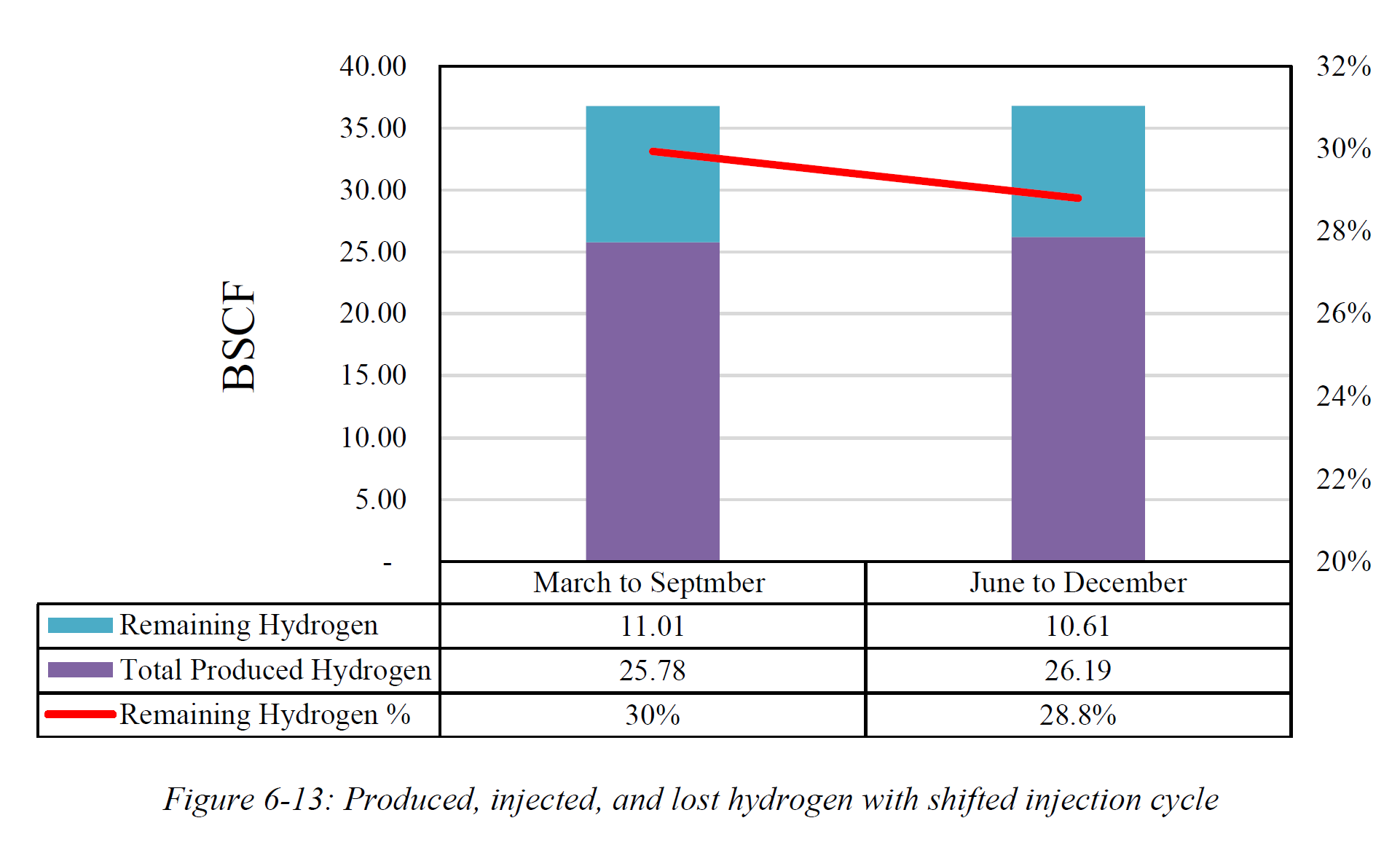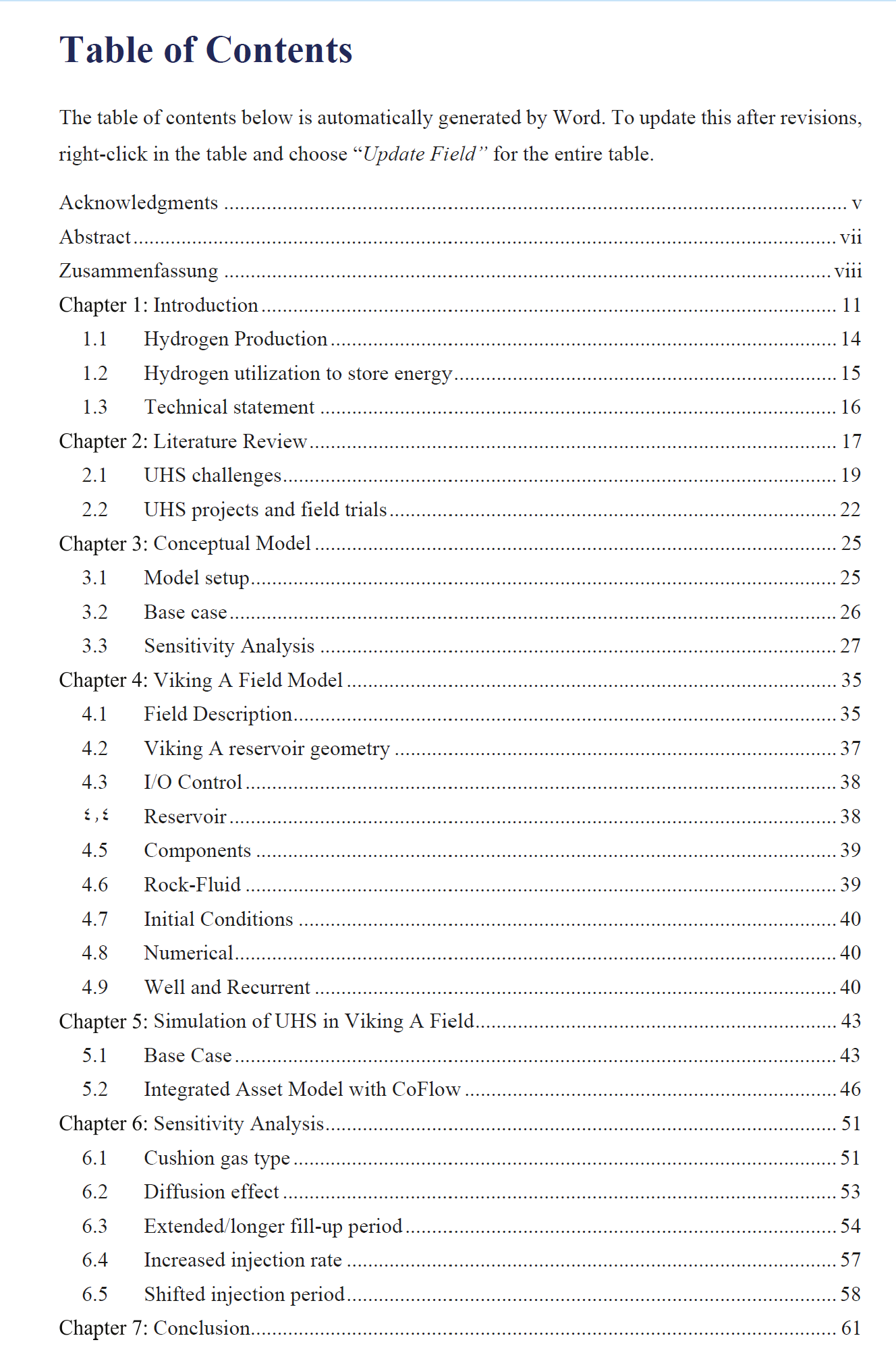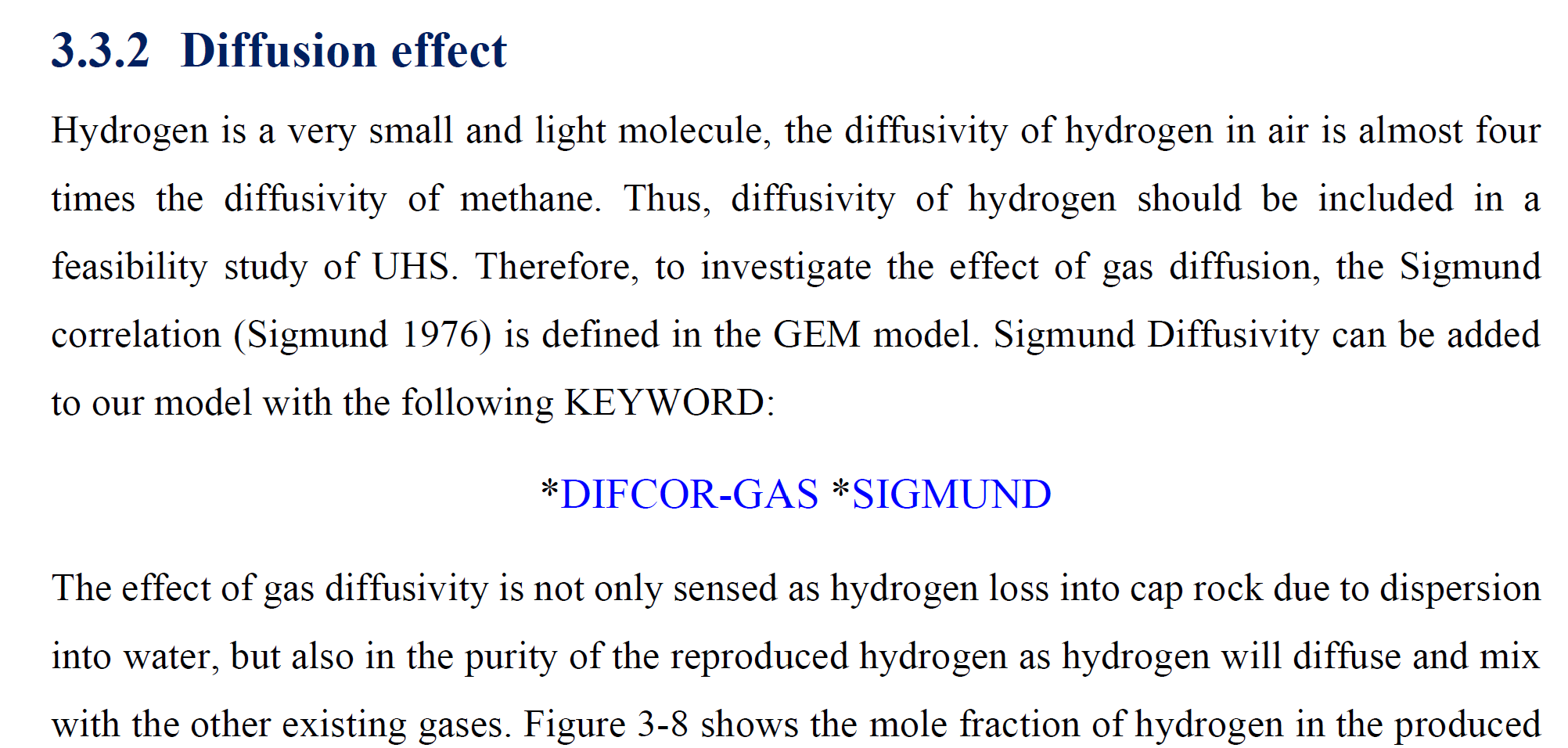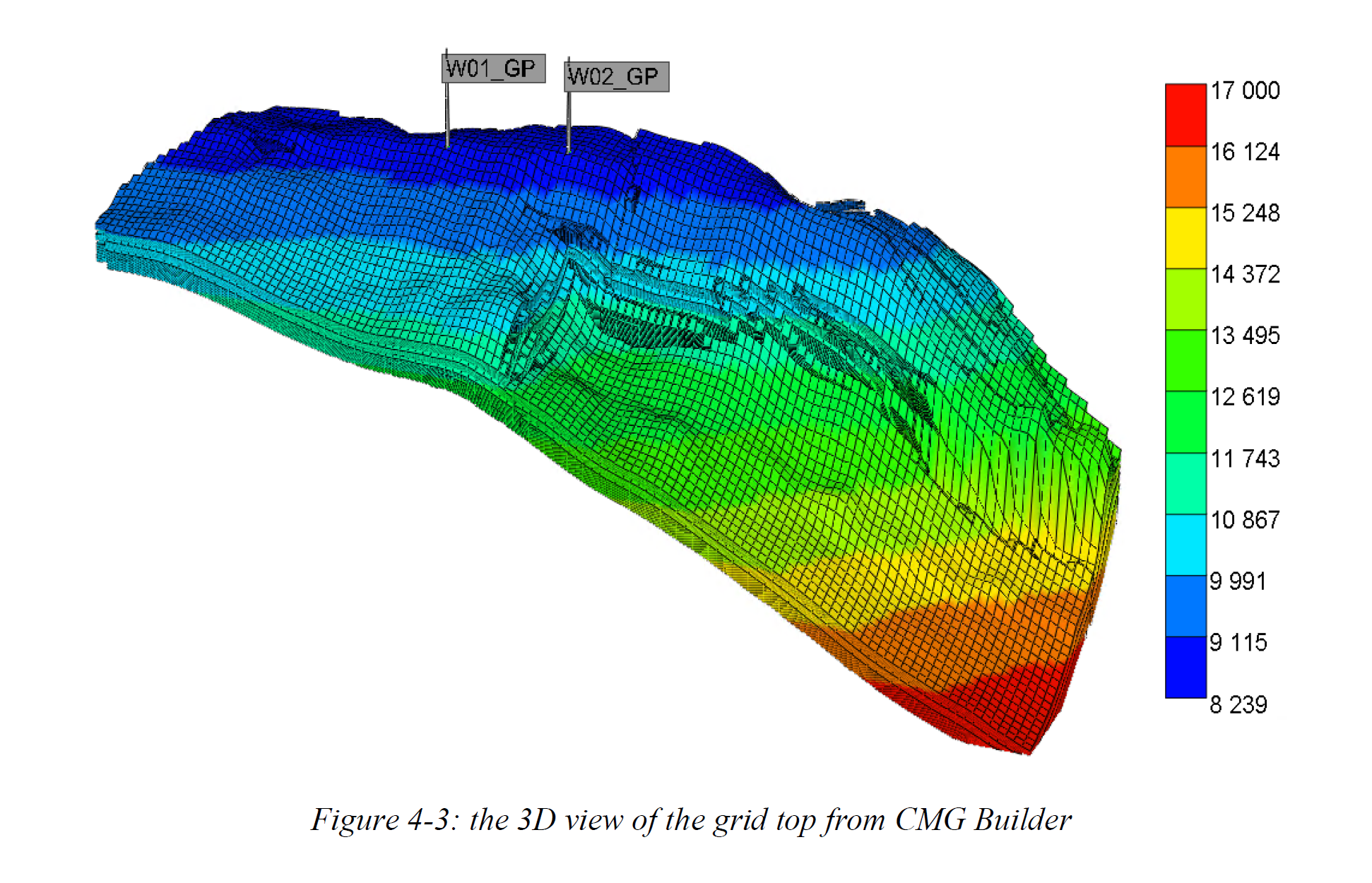介绍了地下储氢最新技术以及面临的挑战。建立了概念模型来研究不同参数对地下储氢(UHS)效果的影响。分析和解释了垫气类型、扩散、注入速度和注采策略的影响。此外,还研究了完井设计和储层规模的影响,并将应用到实际的矿场研究中。
北海的Viking A油田被选为地下储氢的潜在地点。由于北海有数十个风电场,在该地区拥有这样的储能设施将是非常有价值的。此外,Viking A是一个采收率超过90%的枯竭型气藏,很多可用资料,是进行地下储氢的最佳选择。本文进行了敏感性分析研究,定义了不同的方案和策略,以评估参数对UHS在矿场应用的效果。
Integrated Modeling of Underground Hydrogen Storage: Viking A Field, the North Sea
Abstract
The demand for alternative sustainable energy sources has become higher and more inevitable than ever. Due to the lack of conventional sources, in addition to their environmental and politically related issues, different energy sectors are now focusing on looking into new renewable and reliable sources of energy, such as wind and solar, to meet energy needs. However, the main disadvantage of these sources is the considerable unconformity between production and consumption, which necessitates the reliability of conventional sources or the availability of large energy storage systems. Hydrogen can be utilized as an energy carrier and stored in underground reservoirs to provide the necessary energy storage system required to shrink the seasonal gap between the production and consumption of energy.However, the utilization of hydrogen is accompanied by challenges. Hydrogen is the lightest molecule on earth, hydrogen density is almost eight times less than methane; accordingly, in addition to its higher diffusivity and chemical, and bio-chemical activity, hydrogen behaves differently compared to natural gas.
This study presents underground hydrogen storage technology, its state-of-art technologies, and the challenges this technology faces. To sense practically these challenges, a conceptual model is built to investigate the different parameters’ effect on the performance of the UHS. The effects of cushion gas type, diffusion, injection rate, and injection/production strategy are analyzed and interpreted. Moreover, the effect of completion configuration and the reservoir dimensions are investigated. Then the application is transferred to a real field study.
For this study, the Viking A field in the North Sea was selected as a potential site for underground hydrogen storage. As the North Sea is stacked with tens of wind farms, it would be valuable to have such an energy storage facility in the area. Furthermore, Viking A is a depleted gas reservoir with a recovery factor of more than 90%, thus a lot of information is available about that field, and not much hydrocarbon will be lost. All these reasons make Viking A a good candidate for UHS in the North Sea. A sensitivity analysis study is performed, and different scenarios and strategies are defined to evaluate the impact of parameters on the performance of UHS in a real field.







